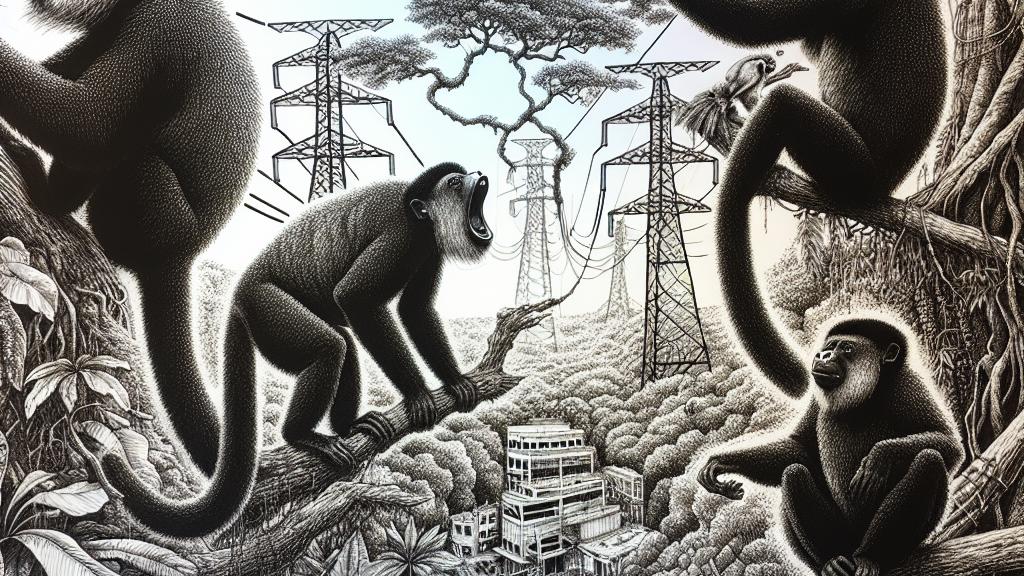Creating Safe Paths for Howler Monkeys to Protect Them from Power Lines
Overview
- Inés Azofeifa Rojas is dedicated to her research on the fascinating howler monkeys of Costa Rica.
- Power lines pose a serious threat, leading to numerous monkey electrocutions each year.
- Innovative tree routes are being developed to ensure the monkeys' safe passage across urban landscapes.

Howler Monkeys: Nature’s Vital Architects
Howler monkeys are more than just a captivating sight in the treetops; they're essential engineers of the rainforest. Their loud, distinctive howls echo through the forest, signaling their presence as they help with seed dispersion, contributing immensely to biodiversity. Inés Azofeifa Rojas, a devoted primate researcher based in stunning Costa Rica, recalls her childhood when her parents took her to observe these majestic creatures. It sparked her lifelong passion for wildlife conservation. Now, in regions like Guanacaste, urban development threatens their habitat, resulting in heartbreaking electrocution incidents as the monkeys traverse power lines in search of food.
Groundbreaking Research and Impactful Observations
For years, Inés and her team have meticulously studied howler monkey behavior, tracking their movements and analyzing their feeding habits. They have discovered a dramatic disparity in troop sizes: healthy forest troops can boast numbers between 25 and 45, while urban troops struggle with an average of just 7. This stark contrast highlights not only the challenges faced by these social animals but also underscores the desperate need for habitat preservation. Furthermore, the fluctuations in troop dynamics reflect a broader ecological issue—when we fail to protect these habitats, we risk disrupting an entire ecosystem, with consequences that may extend beyond monkeys alone.
Innovative Solutions: Creating Safe Canopy Corridors
To combat these dangers and support the survival of howler monkeys, Inés champions the creation of safe canopy corridors—imagine lush tree pathways that not only protect these monkeys from the perils of electrocution but also restore their natural behaviors. This concept transforms the urban landscape, allowing howler monkeys to navigate their environment without fear. Picture kids in nearby towns gazing up in awe as they spot monkeys swinging gracefully through these treetops! Inés emphasizes the importance of community involvement; by engaging local populations in conservation efforts, she inspires a sense of stewardship that encourages everyone to be part of the solution. When we provide the means for these resilient creatures to thrive alongside us, we ensure that future generations will also delight in their presence and the wonders of the natural world.

Loading...